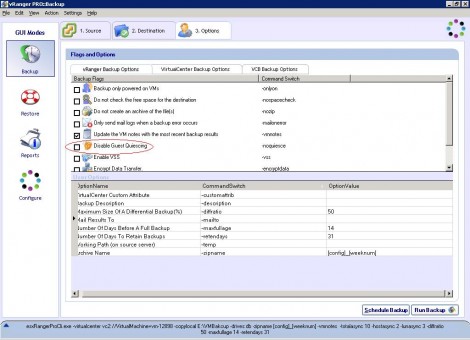Today I have received an e-mail from Veeam, announcing that Veeam Backup & Replication 4.1 is fully supporting VMware ESXi including the replication to VMware ESXi host as a target. Below is the body of Veeam announcement e-mail:
======= Veeam Announcement =========
Veeam proudly announces the upcoming release of Veeam Backup & Replication 4.1 with full support for replication to ESXi hosts!
By moving your virtual infrastructure to ESXi, you can gain the benefits of better security and compliance while still achieving your desired RPOs / RTOs.
Veeam Backup & Replication 4.1 will provide no-limits support for restoring and replicating to ESXi. You’ll get all the advanced features of Veeam replication, including the ability to fail over to both the latest and earlier points in time, when replicating to ESXi.
Another industry first from Veeam!
================================
Its worth mentioning that Veeam backup & replication is the first third party application to support VMware ESXi as a replication target. This might not seems a big deal for environment with only VMware ESX in it, but its a great news for customers running ESXi or planning to use ESXi. I already know few companies who would definitely care about this news. This feature alone can make ESXi customers choose Veeam backup & replication without having to think about it for long as its the only solution that support it at the moment.… Read More


